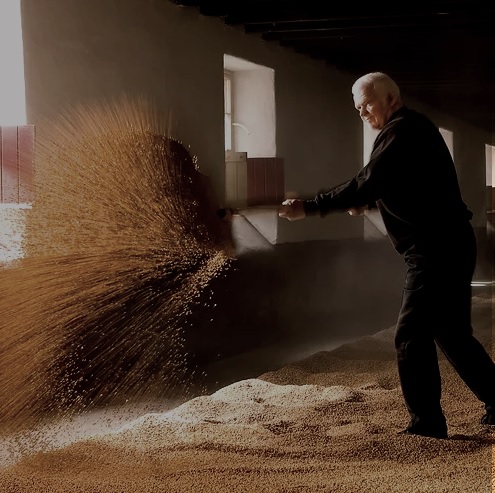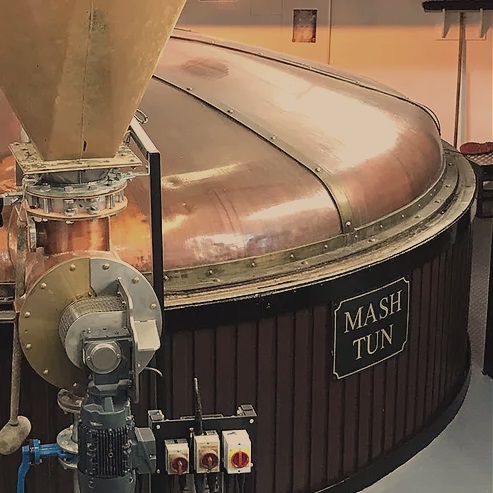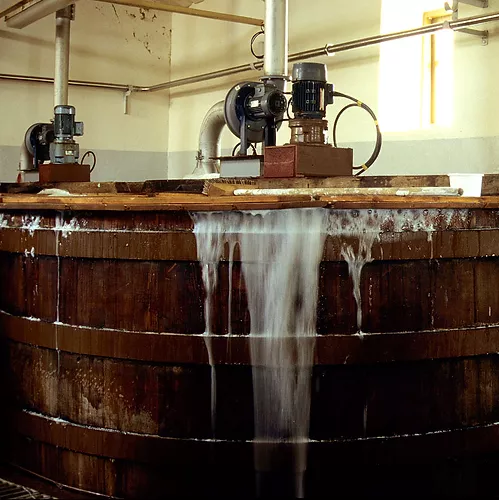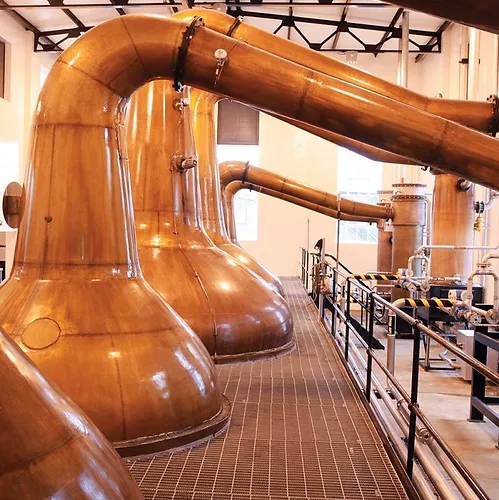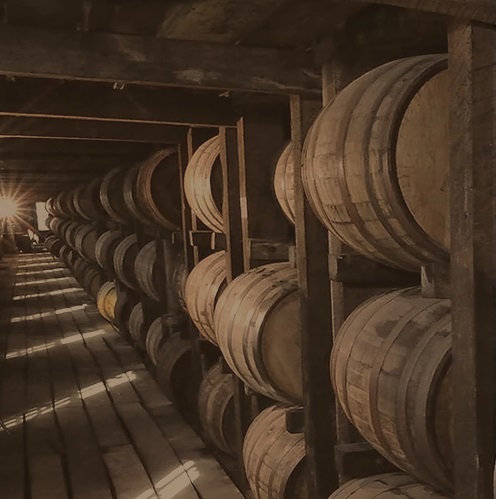Whisky Cask Ownership Guide
Enter your details to get our Whisky Cask Ownership Brochure for free!
Whisky cask ownership is not regulated by the FCA and is therefore not eligible for the FCA Compensation Scheme. The value of whisky casks can go up as well as down.

